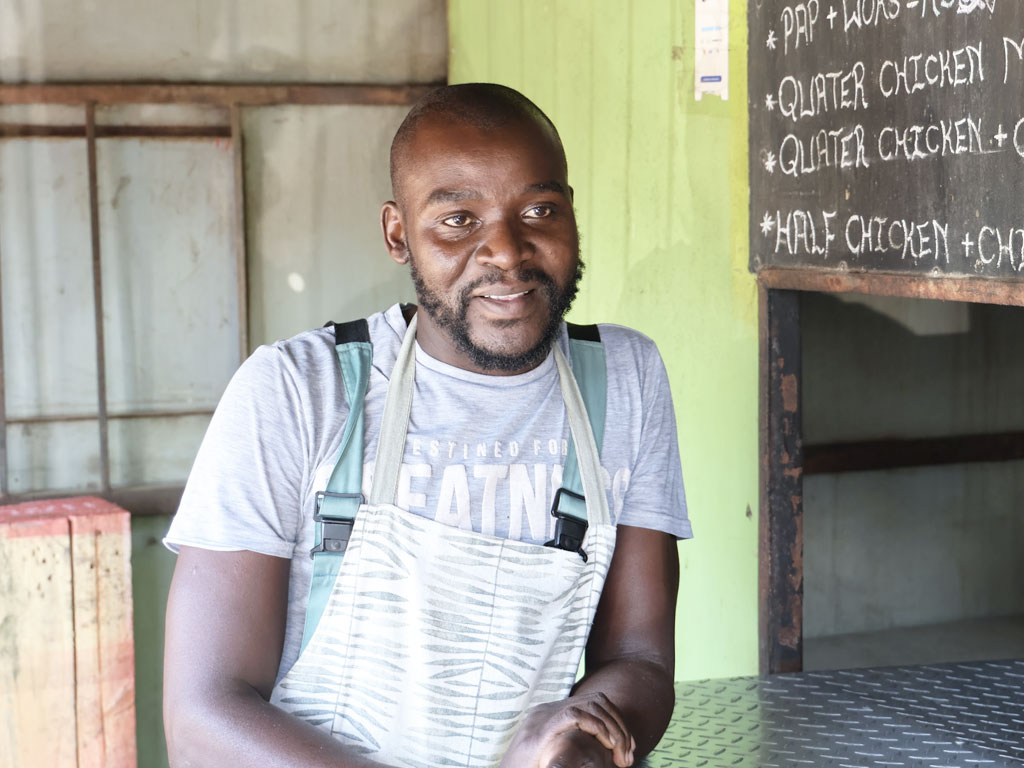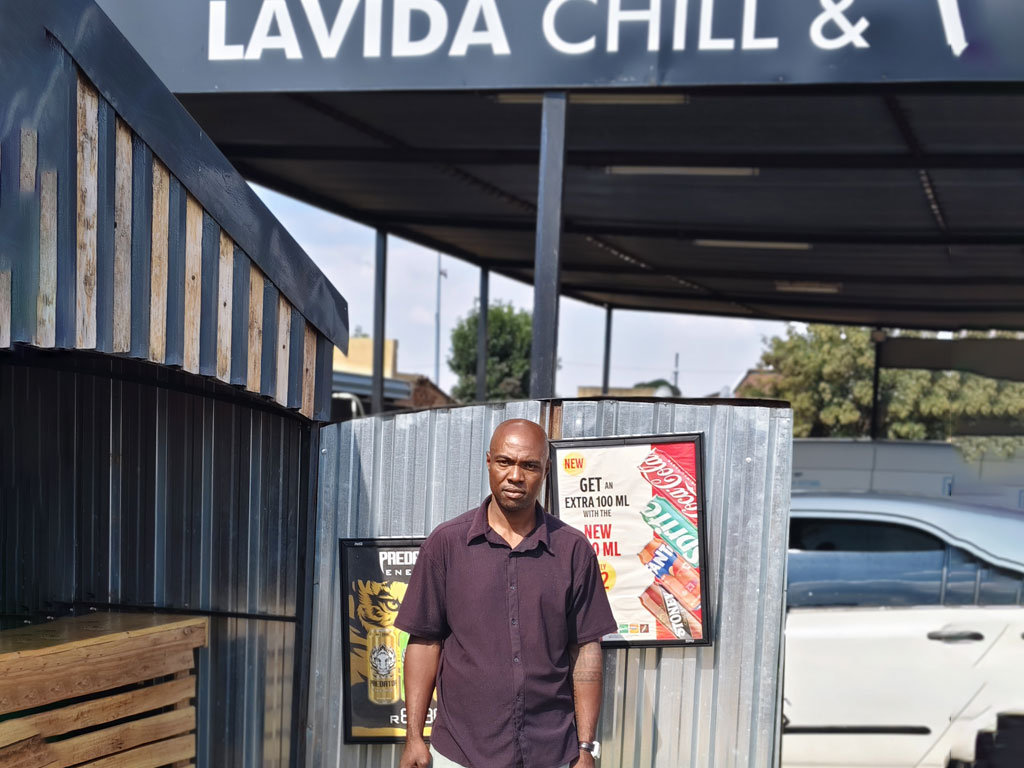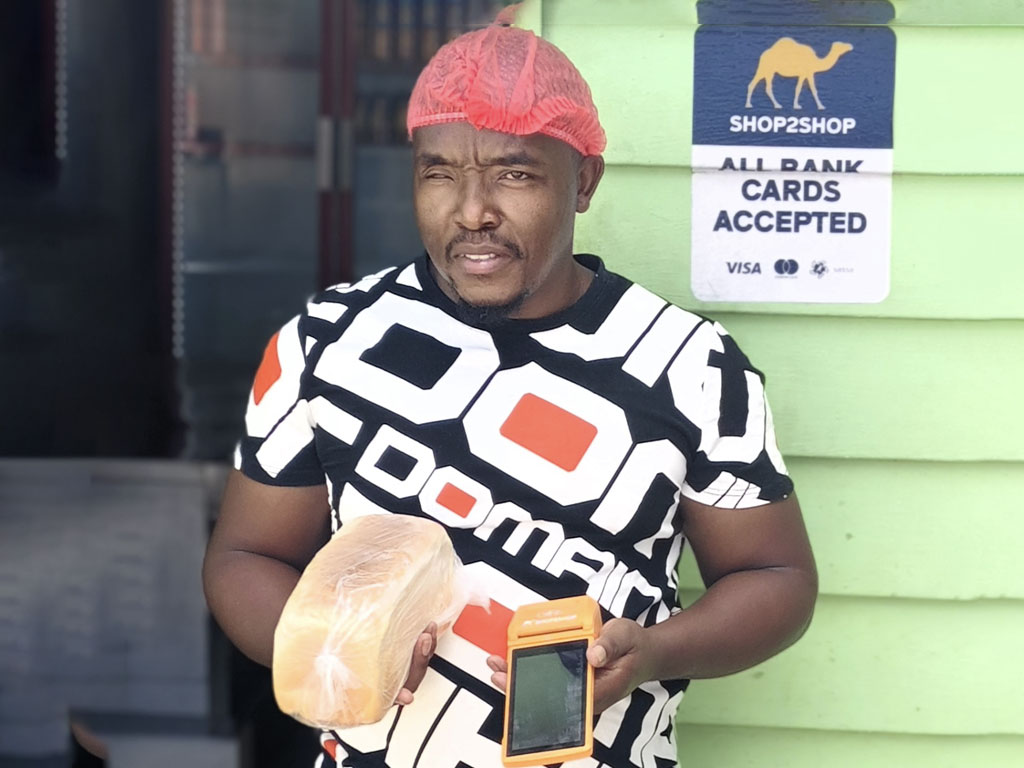
From coins to clicks: digital payment solutions empower a daycare centre in Sekampaneng
When it comes to caring for the youngest members of the community, daycare veteran Sego Lamola does more than just offer a safe and nurturing space – she also provides a good example of how small businesses in Hammanskraal can embrace digital solutions.
The founder of the Gaongalelwe Day Care Centre in Sekampaneng Block B has been helping local parents care for their children since 2014. After years of experience as a teacher’s assistant and raising three children of her own, she decided to open a centre that would support early childhood development and education in her community.
Today, Gaongalelwe welcomes children as young as six months up to four years old. However, as the centre grew, so did the complexity of handling payments from families. Some parents still prefer the traditional method of paying in cash, while others have begun to use digital options such as swiping their card or instant bank transfers.
While the business accommodates different methods of paying the children’s fees, Lamola has experienced first-hand the risks and limitations of cash. “Paying with cash has its own problems,” she explains.
“I once had a parent try to pay with a counterfeit R200 note. When you’re watching over kids, you don’t always have the time or tools to check if the money is real.”
What’s even more worrying is how criminals seem to monitor payment dates, especially around month-end or the time of SASSA social grants payouts, which increases the risk of theft or fraud.
For Lamola, going digital became the best and safest solution. But it took time, education and patience to get there. The shift also hasn’t been easy for the people in her community. A number of the children at Gaongalelwe are looked after by grandparents, and Lamola recognises the challenges that the older generation face with technology. “Teaching tech to elderly people can be tough,” she says. “But if there’s someone in the family or a neighbour who can provide assistance, it makes a big difference. Sometimes, they just need a little support.
Lamola has also noticed that people can quickly lose trust in digital systems, often due to simple misunderstandings. “One parent panicked when their payment alert didn’t come through immediately,” she recalls.
“But it turned out it was just a delay because it was a long weekend and the banks were closed. Sometimes, the money’s been sent, but not yet fully processed, and people don’t always know to check that.”
She believes that with better awareness and education, more people in rural and semi-urban areas can confidently adopt digital payment tools. But, she says, the message must be shared in the right way.
“It’s important not to leave older people behind when introducing new ways of doing things. Information must be shared at community meetings, events and on local radio. [We should] teach people, young and old, how to use the phones they already carry in their pockets.”
Parents like Tshegofatso Somo agree. “Digital is just another option to pay our children’s fees,” she says. “If more of us paid this way, we’d reduce the chances of being mugged. It also keeps the daycare safer because no one will think of breaking in to steal cash.”







